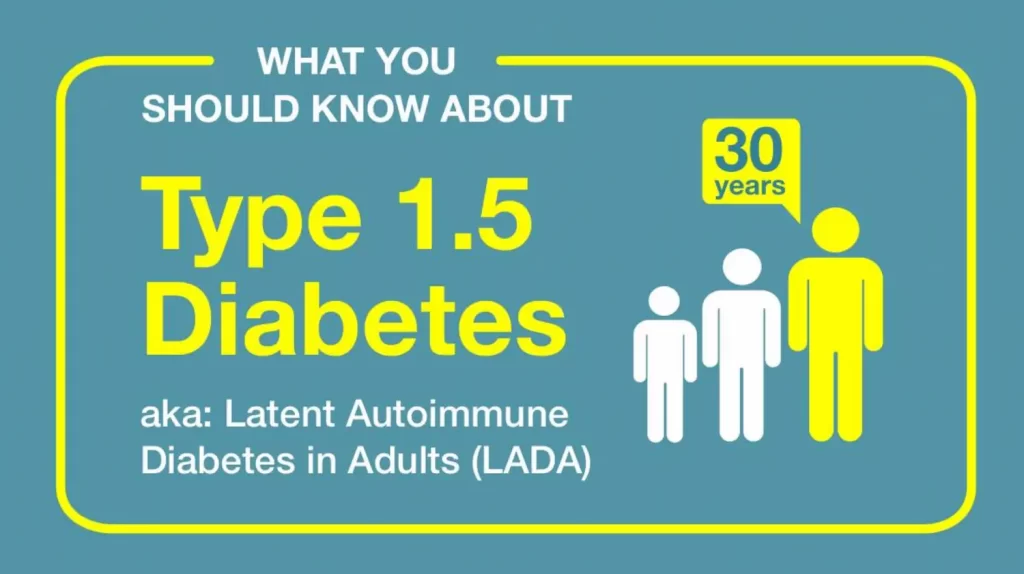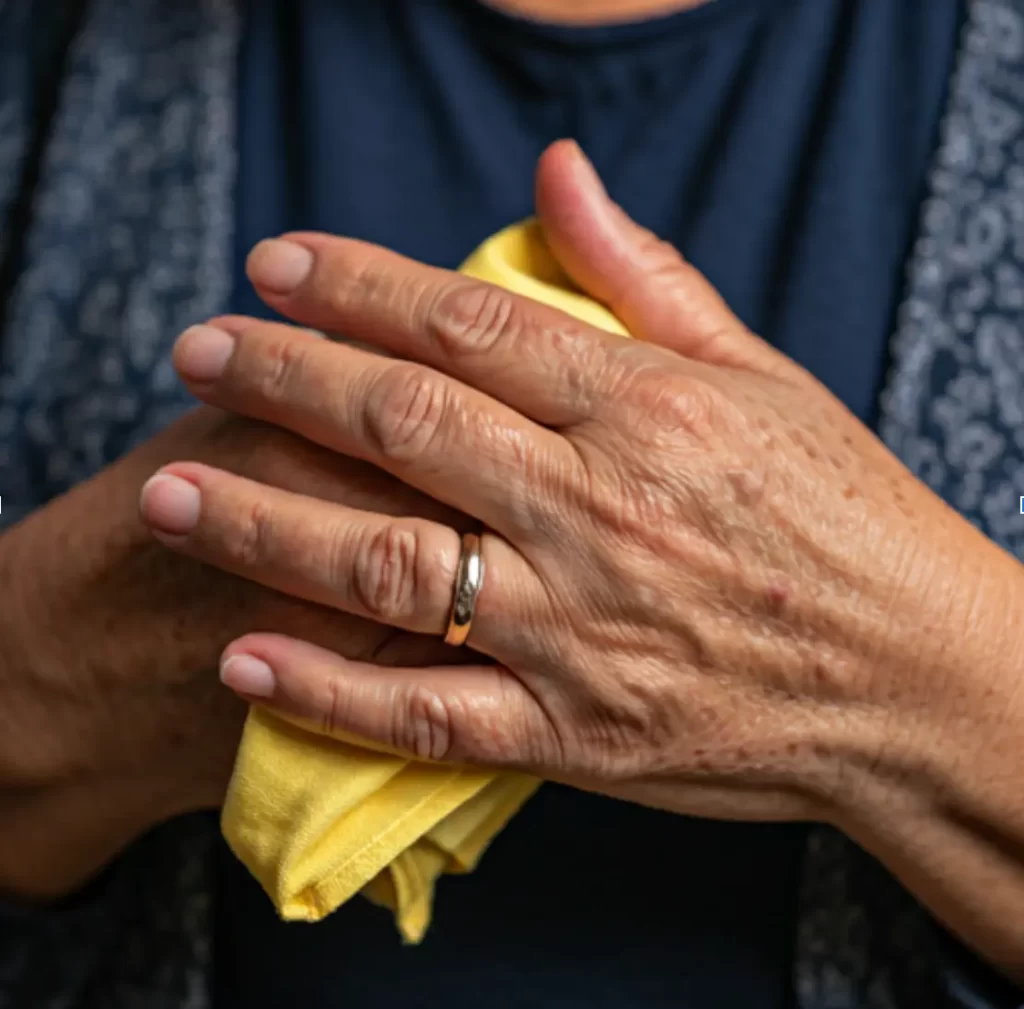Bells’ Palsy
Recently I saw a little girl with Bell’s Palsy. Her mother was very concerned. The following is from the NIH “Bell’s Palsy Fact Sheet”, NINDS, Publication date April 2003.
What’s Bell’s Palsy?
Bell’s palsy is a form of temporary facial paralysis resulting from damage or trauma to the facial nerves. The disorder, which is not related to stroke, is the most common cause of facial paralysis. Generally, Bell’s palsy affects only one of the paired facial nerves and one side of the face, however, in rare cases, it can affect both sides.
What are the symptoms?
Symptoms of Bell’s palsy can vary from person to person and range in severity from mild weakness to total paralysis. These symptoms may include twitching, weakness, or paralysis on one or rarely both sides of the face. Other symptoms may include drooping of the eyelid and corner of the mouth, drooling, dryness of the eye or mouth, impairment of taste, and excessive tearing in one eye. Most often these symptoms, which usually begin suddenly and reach their peak within 48 hours, lead to significant facial distortion.
Other symptoms may include pain or discomfort around the jaw and behind the ear, ringing in one or both ears, headache, loss of taste, hypersensitivity to sound on the affected side, impaired speech, dizziness, and difficulty eating or drinking.
What causes Bell’s Palsy?
Bell’s palsy occurs when the nerve that controls the facial muscles is swollen, inflamed, or compressed, resulting in facial weakness or paralysis. Exactly what causes this damage, however, is unknown.
Most scientists believe that a viral infection such as viral meningitis or the common cold sore virus—herpes simplex—causes the disorder.
Who gets it?
Bell’s palsy afflicts approximately 40,000 Americans each year. It affects men and women equally and can occur at any age, but it is less common before age 15 or after age 60. It disproportionately attacks people who have diabetes or upper respiratory ailments such as the flu or a cold.
How is it diagnosed?
A diagnosis of Bell’s palsy is made based on clinical presentation — including a distorted facial appearance and the inability to move muscles on the affected side of the face — and by ruling out other possible causes of facial paralysis. There is no specific laboratory test to confirm diagnosis of the disorder.
How is it treated?
Bell’s palsy affects everyone differently. Some cases are mild and do not require treatment as the symptoms usually subside on their own within 2 weeks. For others, treatment may include medications and other therapeutic options. If an obvious source is found to cause Bell’s palsy (e.g., infection), directed treatment can be beneficial.
Recent studies have shown that steroids such as the steroid prednisone –– used to reduce inflammation and swelling –are effective in treating Bell’s palsy. Other drugs such as acyclovir — used to fight viral herpes infections — may also have some benefit in shortening the course of the disease. Analgesics such as aspirin, acetaminophen, or ibuprofen may relieve pain.
Bell’s palsy can interrupt the eyelid’s natural blinking ability, leaving the eye exposed to irritation and drying. Therefore, keeping the eye moist and protecting the eye from debris and injury, especially at night, is important. Lubricating eye drops, such as artificial tears or eye ointments or gels, and eye patches are also effective.
What is the prognosis?
The prognosis for individuals with Bell’s palsy is generally very good. The extent of nerve damage determines the extent of recovery. Improvement is gradual and recovery times vary. With or without treatment, most individuals begin to get better within 2 weeks after the initial onset of symptoms and most recover completely, returning to normal function within 3 to 6 months. For some, however, the symptoms may last longer. In a few cases, the symptoms may never completely disappear. In rare cases, the disorder may recur, either on the same or the opposite side of the face.
All NINDS-prepared information is in the public domain and may be freely copied. Credit to the NINDS or the NIH is appreciated.


